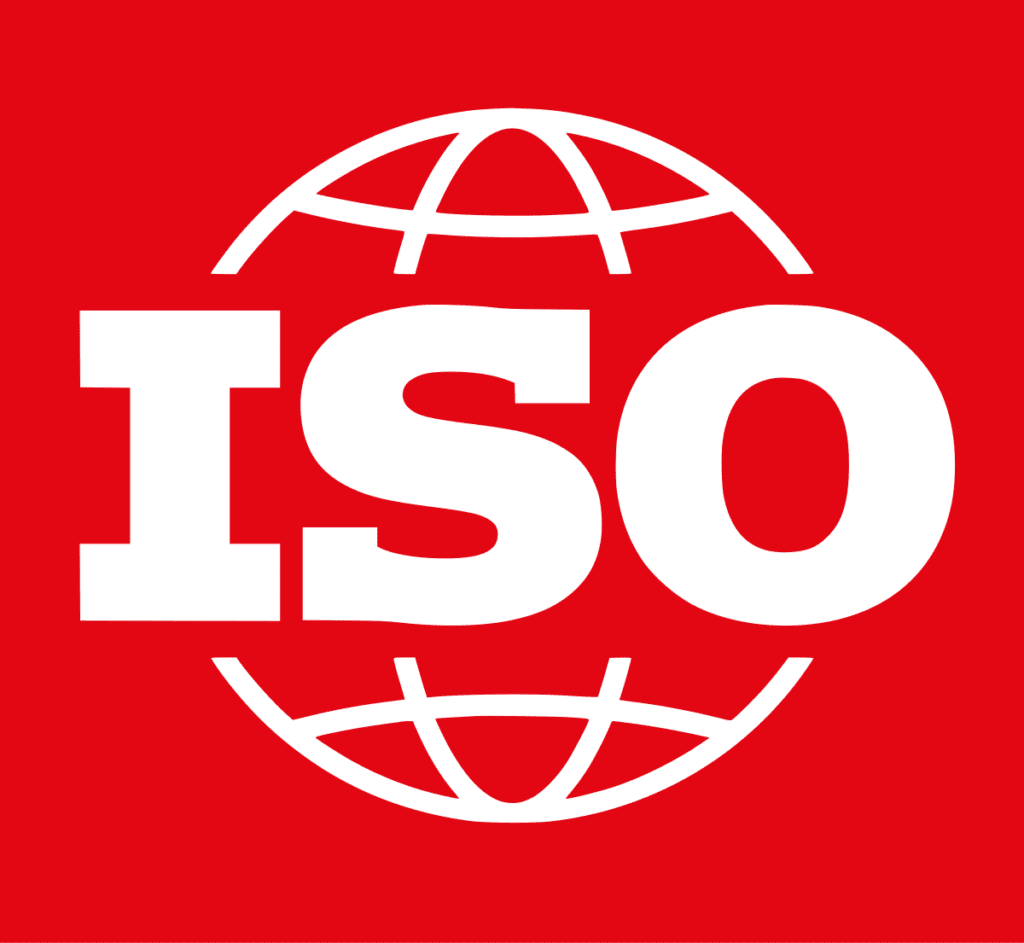Transition to the cloud, simplify compliance and streamline validation with Accruent’s highly secure, expertly validated SaaS EDMS.
REGULATORY INFORMATION MANAGEMENT
Compliance in Life Science industries is complex, and it’s only getting more difficult to maintain as companies globalize and introduce new technologies. Regulatory information management systems can help organizations remain up to date with regulations and effectively plan, execute and document compliance plans.

Here’s what you need to know.
What Is Regulatory Information Management (RIM)?
Regulatory information management, as the name implies, is the process of managing all regulatory information. Historically, this information has been housed in a multitude of systems, including file shares, cloud systems, Excel documents and pen-and-paper repositories.
Today, this kind of disparate system is outdated and insufficient, particularly as organizations deal with challenges and burdens of compliance like:
- The increasing complexity of regulations and product portfolios
- Lack of transparency across systems and departments
- A global push for more collaboration and standardization
- Increased outsourcing of services and information
- High costs, including direct costs associated with planning, executing and documenting regulations.
- Indirect costs that come from time to market, operational costs, patient outcomes and product quality.
The right regulatory information management software (RIM) can help simplify compliance and mitigate many of these burdens.
What Is Regulatory Information Management Software (RIMS)?
Regulatory information management software (RIMS) is any technology that streamlines compliance and helps organizations effectively report compliance practices to regulatory agencies.
More specifically, these regulatory information management systems can help organizations in Life Sciences industries like pharmaceuticals, biologics and medical devices to:
- Prepare and submit product submissions in regulated formats.
- Manage product information, including compliance information.
- Effectively gather and submit information to regulatory agencies.
- Centralize all relevant product information.
- Organize authorizations and registrations.
- Track communication and correspondence for increased transparency.
What Are Features Of An Effective Regulatory Information Management Software?
As we mentioned, there are effective and ineffective ways to manage your regulatory information. An effective RIM system will allow users to:
- Easily identify and show the product information that is required by global regulatory agencies.
- Effectively manage change and control revisions to documents and processes.
- Streamline regulatory processes.
- Fulfil regulatory compliance of electronic systems, including 21 CFR Part 11.
- Generate compliant documentation.
- Execute product lifecycle management that allows users to deliver transparent, clear regulatory information.
This is accomplished through key features like:
- Role-based access and permissions and action rights
- Automated email notifications
- An intuitive, user-friendly user interface
- Controlled document workflows
- Features that facilitate 21 CFR compliance, including electronic signatures, watermarks and print stamps
- Clear audit trails
What Are The Benefits Of RIMS?
Overall, the right regulatory information management system can help organizations:
- Effectively manage their regulatory activities
- Rise ahead of the competition
- Increase their speed to market
- Maximize their team’s internal bandwidth
- Improve safety and quality of patient care


